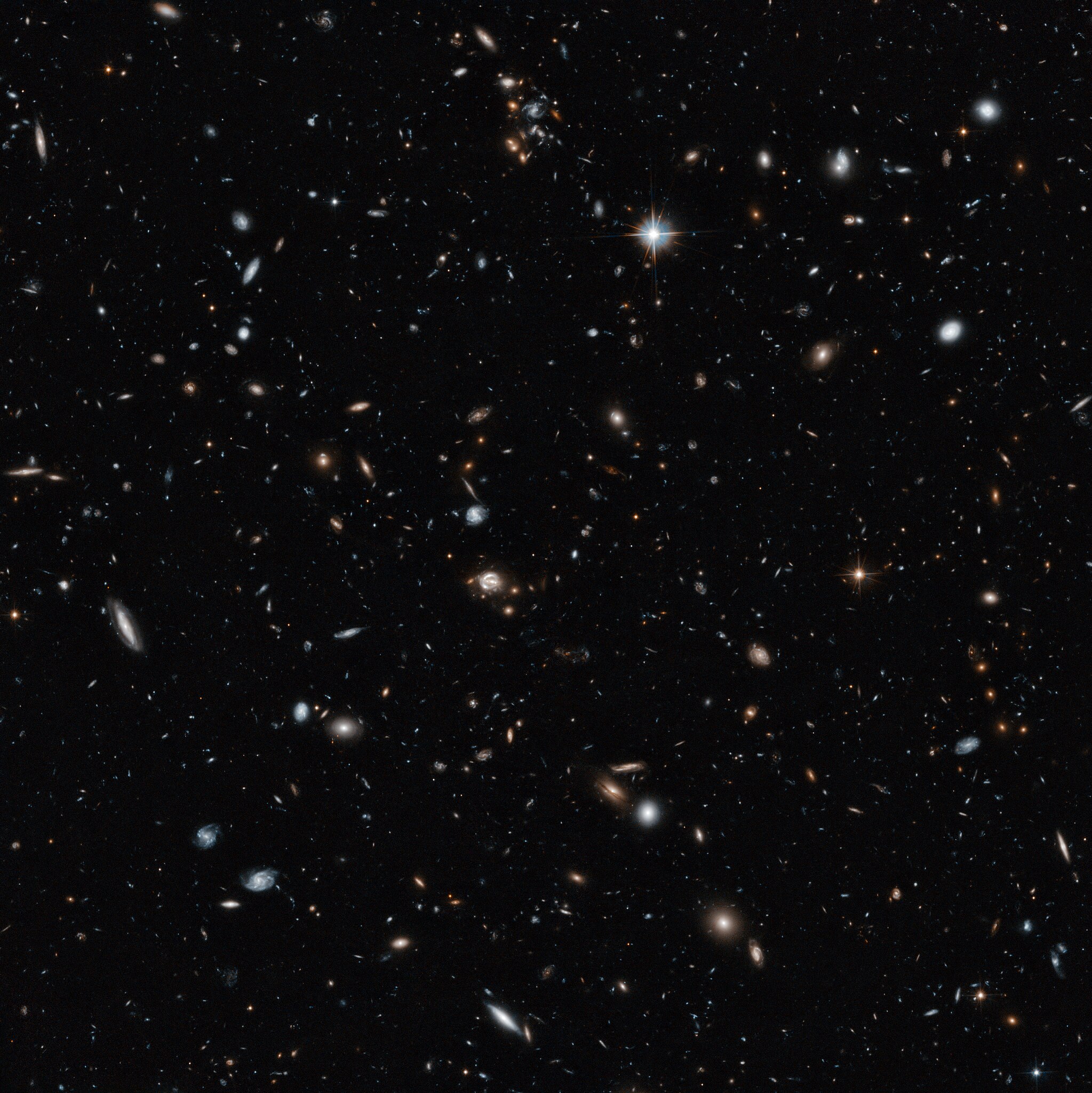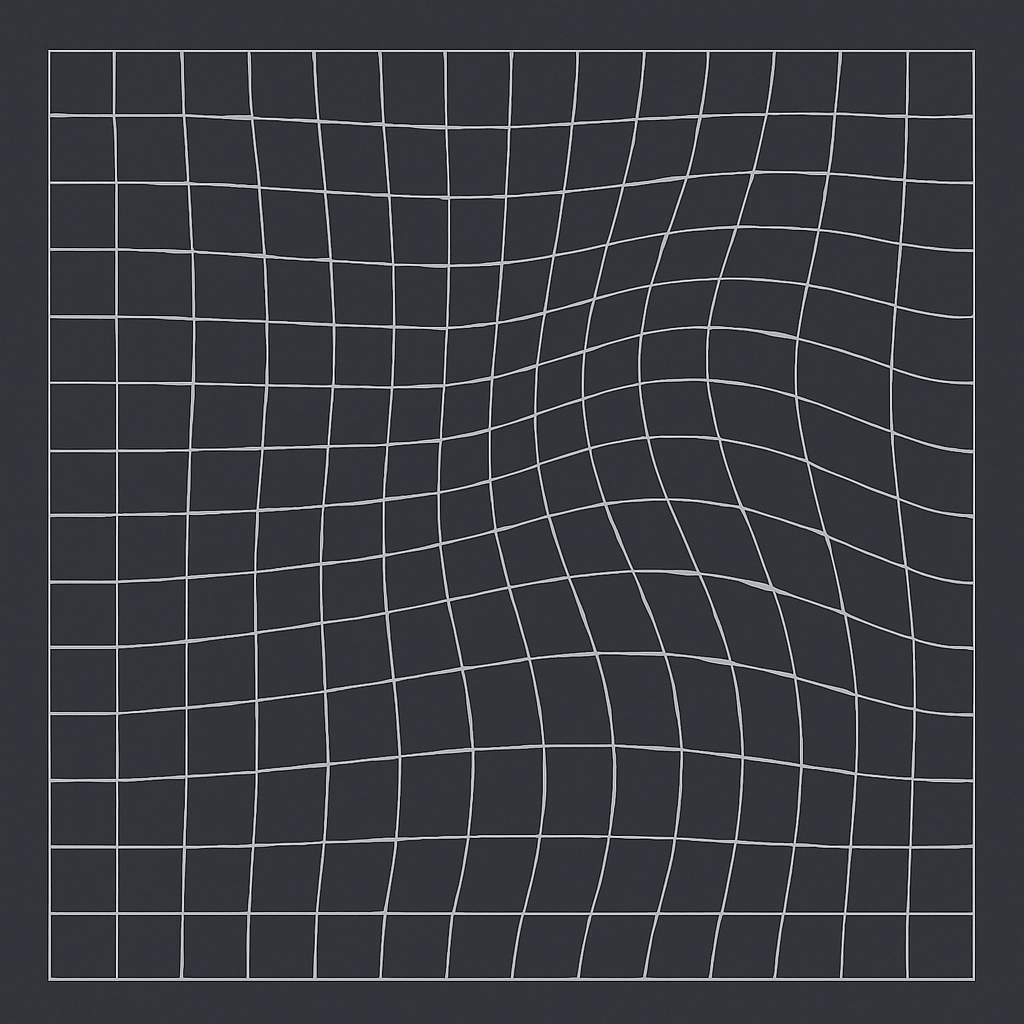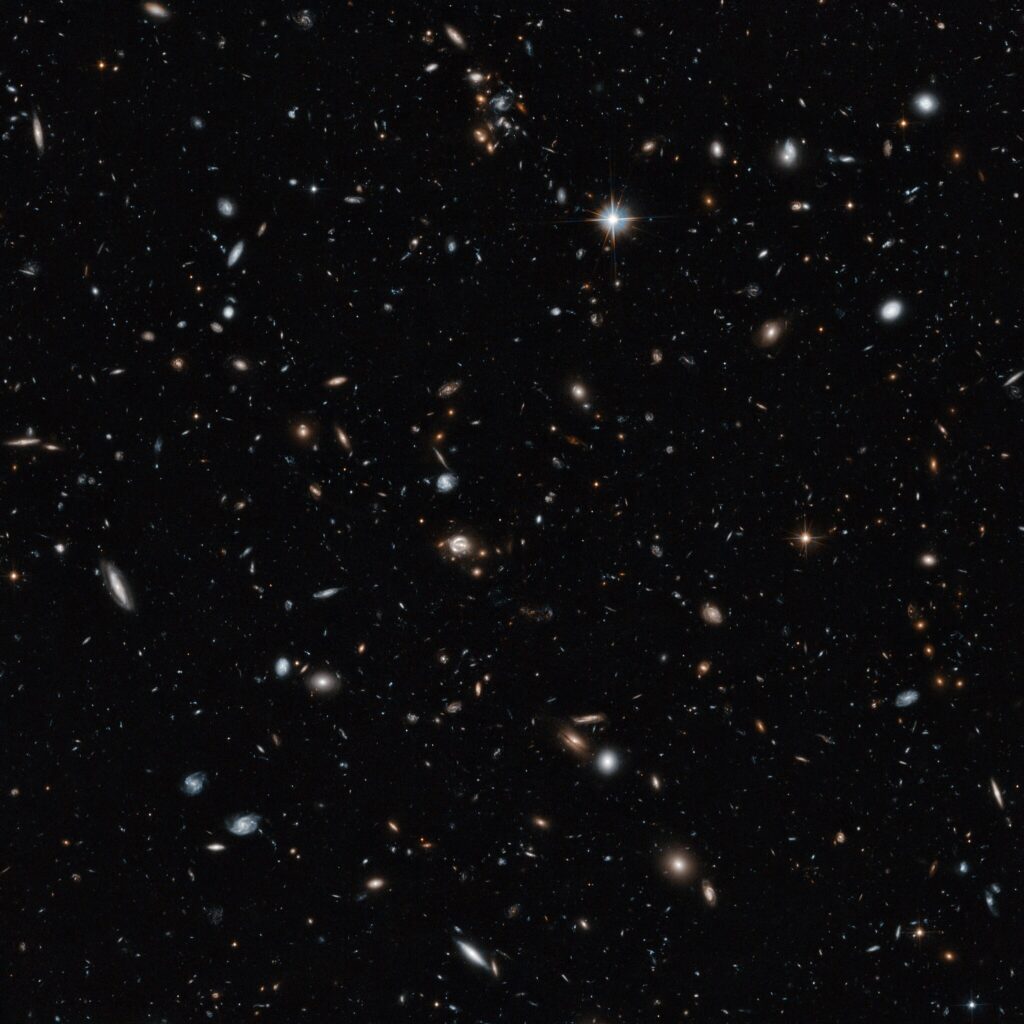Wonder as a Working Method

Robert Frost’s phrase—our place among the infinities—opens a door we’re still learning to walk through. It suggests not one infinity but many: the outward sprawl of galaxies and the inward expanse of human interiority; the infinitude of time and the infinitude of interpretations; the boundless network of relationships that make meaning possible. In brand-building, this becomes a practical stance, far from poetic garnish. It speaks to curiosity and wonder as operating systems for finding orientation in landscapes too large (and moving too fast) to map once and be done.
Two telescopes, one sky
To look for our place among the infinities is to hold a telescope in each hand—one pointed outward, one inward. The outward instrument attends to signals in culture: shifting values, faint constellations of behavior, the emerging light of what people need but haven’t yet named. The inward instrument attends to the soul of the organization: purpose, temperament, the rhythms and limits that make it this entity and not another.
When both lenses are active, parallax happens—the small, telling shift that reveals depth. From one vantage, a message looks obvious; from another, it’s off by a light-year. Parallax is how we triangulate truth. We step left and right across disciplines and audiences to find a reliable fix.
Coordinates are relationships, not absolutes
Astronomers don’t nail stars to a grid; they fix them by their relation to other stars. In the same way, a brand’s “place” is not a pin on a positioning map; it’s a web of relationships—promises kept, rituals repeated, languages shared, contradictions held honestly. Our task is less about drawing borders and more about naming constellations: clusters of meaning that help people navigate by feel as much as by fact.
This relational view invites humility. If our place exists in relation, then every new perspective—customer, critic, partner, newcomer—has the power to redraw the night.
The discipline of wonder
Often considered squishy or sentimental, wonder is actually the beginning of rigor. It starts with questions large enough to be generative:
- What happens if we dim the noise until we can hear the faintest user signal?
- Which anxieties orbit our experience, and how might we lower their gravity?
- Where does our message refract—beautifully in some contexts, harshly in others?
These questions cultivate a nervous-system level attentiveness far beyond chasing novelty for its own sake. They point to a readiness to be surprised without being unmoored. When brands practice wonder as a discipline, they design systems that are supple: able to absorb new data without fracturing their identity.
Instruments that make awe actionable
Even stargazing needs instruments and rituals. In practice, “infinity work” looks like:
- Living maps, not finished diagrams. Frameworks that update as culture moves—north stars you revisit, not tablets you defend.
- Edge-case listening. Observing the dim stars at the margins (outliers, first-time users, critics) because they often foretell the sky that’s coming.
- Shared language. Metaphors sturdy enough to travel across teams—so strategy and craft can align without translation loss.
- Embodied checkpoints. Testing ideas with real bodies in real contexts to ensure our abstractions hold under gravity.
The ethics of the gaze
In Frost’s poem, the hunger to see can become a kind of fire. Curiosity without stewardship risks burning down what we’re meant to care for. As we look outward with appetite, we look inward with responsibility: are we extracting attention or earning it; inflaming desire or dignifying it; blazing trails or scorching earth? Awe must be paired with care, or it curdles into spectacle.
Radical comfort among the stars
“Our place among the infinities” also reframes comfort as the atmosphere that makes exploration possible—the pressure suit that equalizes the outside so people can go further. When we remove friction and return energy, we don’t lull an audience; we equip them. Wonder becomes safe to practice. Risk becomes thinkable. The unknown becomes a field, not a cliff.
Orientation, not arrival
Infinities, by definition, cannot be conquered. The point isn’t to arrive but to stay oriented—awake, relational, capable of adjusting course without losing ourselves. If we keep asking generous questions, keep attending to faint light, keep honoring the constellations people actually use to navigate their lives, then our place among the infinities will remain discoverable—even as the sky keeps moving.
That’s the quiet promise of curiosity and wonder in our work: not certainty, but coherence; not a final map, but a wayfinding practice. And in a universe of endless distances, that practice is how we stay close—to truth, to one another, to the work we’re here to do.








